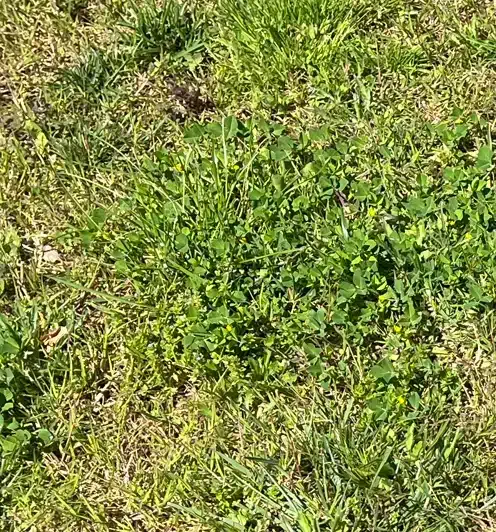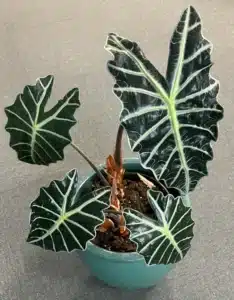

Green Manure: What It Is and How It's Made
Ever heard of green manure or green fertilizer? This eco-friendly technique to enrich soil is far from new: in ancient times, it was commonly used to combat soil nutrient depletion. Luckily, it’s not as tricky to use as it might seem at first and it’s actually really beneficial.
What is Green Manure and How is it Used?
Green manure isn’t a fertilizer we make and then add to the garden or yard. It’s a technique where we can enrich the soil by using certain plant species that help improve soil properties.
When the soil is left bare after a certain harvest or simply isn’t being worked for a while, the sun and elements punish the land and microorganisms, making it poorer and drier. However, if we take advantage of the seasons when we’re not growing anything to plant specific species that we’ll later mow or let dry naturally to incorporate into the soil, we improve its nutrient content, properties, and its ability to support future nutrient-demanding plants.
It’s a practice mainly used in gardens when we need to prepare plots of land that seem somewhat neglected or mistreated, or when we want to prepare the soil for plants that demands a lot of nutrients. However, its benefits also extend to gardens and ornamental spaces since flowers equally or even more appreciate having rich soil.
Read more about Different Types of Composts.
How to Make Green Manure - Tips
When preparing to use this technique, follow these tips for sowing green manure:
The first thing will be, obviously, to choose where we’ll do it. It’s about taking advantage of empty spaces in the garden or yard, which we then plan to use to grow something of interest.
It’s also important, of course, to consider the sowing season. However, here we have much more freedom than when sowing normal crops, since green manure only needs to grow: it’s important that the plant dries out before flowering.
This is because legumes and other species accumulate nutrients that they later deplete during flowering. That’s why, as soon as this starts to appear, we’ll mow our green manure crop. It’s also possible to plant species that can’t withstand the cold in autumn, so that they dry out naturally when temperatures drop. Simply spread the seeds of your chosen green manure crop over the area to be enriched.
Scatter them more densely than usual, as it’s important for the plant cover to be dense, and then cover the seeds with soil or a bit of compost. When the crop has grown and its flowering is near, mow it and crush the remains. Don’t pull out the roots, which should remain in the soil to degrade naturally. Then, you can either leave the crushed remains on the ground or lightly till it to deteriorate faster. Both methods are equally valid.
Types of Green Manure
There are many types of green manure or different crops that can be used as green manure. Their suitability depends on the specific details of our climate and soil, as well as the season in which we want to prepare the green manure or the crop we’re interested in after this.
The most common is to use legumes, for their ability to fix atmospheric nitrogen thanks to their relationship with rhizobia, beneficial bacteria. However, the selection of plants for green manure is very wide. Here are some of the most commonly used ones:
Grasses for Green Manure
Grasses usually yield very good results, especially when combined with some legumes. A combination commonly used is oats and vetch. It’s also common to plant rye or Italian ryegrass. Freshly cut grass can spread on top of the soil around the plants. Perhaps best done outdoors since grass contains plenty of insects that you may not want indoors.
Legumes
As we’ve said, these are the most commonly used ones for their ability to fix nitrogen in the soil. It’s common to use vetch, lupins, clover, broad beans, or peas, among many others.
Crucifers
Crucifers like turnips, cabbages, rapeseed, and mustard are also very good options and the latter, in fact, is one of the most used. This is because it has roots with great branching capacity and rapid growth. Mustard roots spread widely and break the soil, leaving it looser and finer, which helps with its oxygenation and the development of the crop that follows. Additionally, it dries out by itself in winter, so if we plant it at the end of summer or in autumn, it won’t even need to be mowed. Another advantage of mustard is that it keeps certain garden pests in check.
There are also other cruciferous plants that can be used to prepare and enrich the soil. Russian comfrey is well known for its great growth capacity and mass creation. It’s widely used in the production of manure and compost, and even in the production of mulching.
Buckwheat is a great option when we want to treat very depleted soils, and phacelia has the ability to attract bees and bumblebees, with all the benefits this entails.



